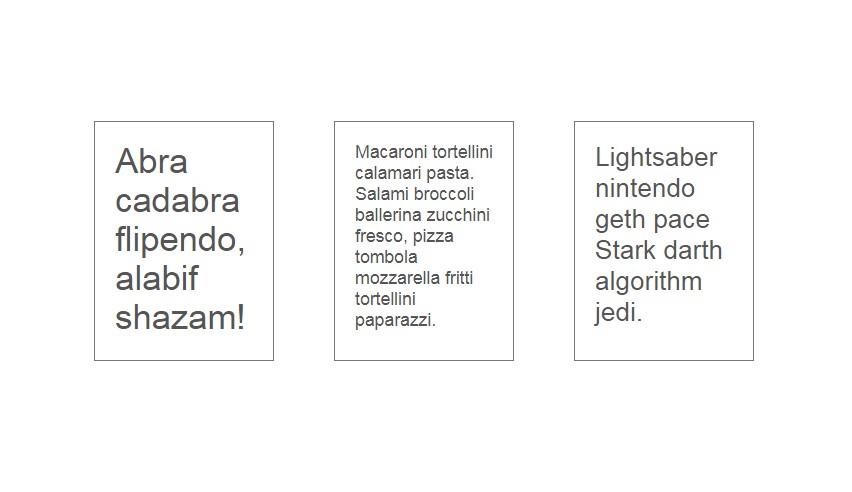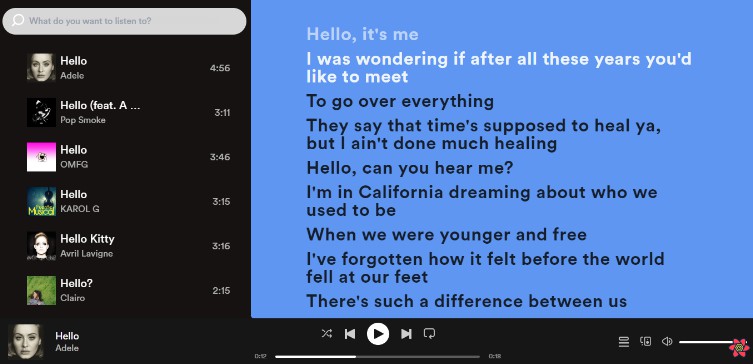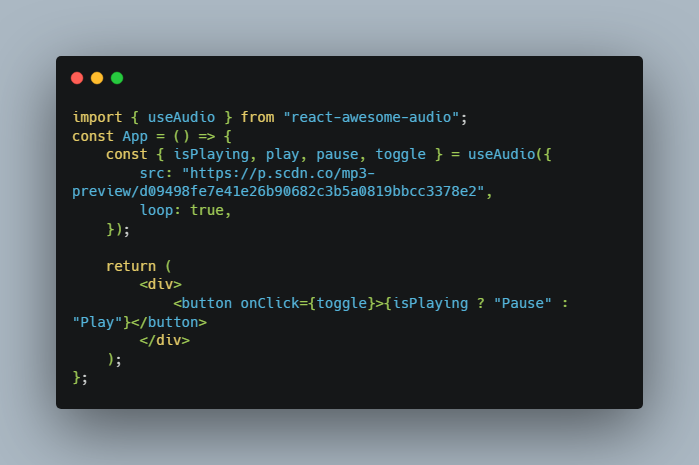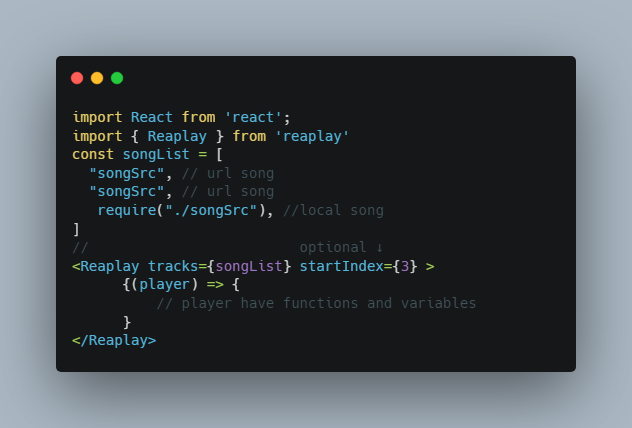React H5 Audio Player
React audio player component with UI. It provides time indicator on both desktop and mobile devices.
Audio player component that provides consistent UI on different browsers.
Flexbox design with CSS shapes. Mobile friendly. No extra dependencies.
Supported browsers: Chrome, Firefox, Safari, Opera, Edge, IE (≥10)
Breaking change from 0.x to 1.x
In 1.x, we use prop-types package instead of using it directly in React. Thus we dropped support under [email protected]. The usage will remain the same.
Installation
npm i --save react-h5-audio-player
Usage
import AudioPlayer from "react-h5-audio-player";
const Player = () => (
<AudioPlayer
autoPlay
src="http://example.com/audio.mp3"
onPlay={e => console.log("onPlay")}
// other props here
/>
);
Props
HTML Audio Tag Native Attributes
| Props | Type | Default |
|---|---|---|
| src | String | '' |
| preload | String | 'auto' |
| autoPlay | Boolean | false |
| loop | Boolean | false |
| muted | Boolean | false |
| loop | Boolean | false |
| volume | Number | 1.0 |
More native attributes detail: MDN Audio element
Other Props
hidePlayer {Bool} [false]
Indicates if the audio player is hidden.
progressUpdateInterval {Number} [500]
Indicates the interval that the progress bar UI updates.
listenInterval {Number} [1000]
Indicates how often to call the onListened prop during playback, in milliseconds.
onAbort {Function (event)}
Called when unloading the audio player, like when switching to a different src file. Passed the event.
onCanPlay {Function (event)}
Called when enough of the file has been downloaded to be able to start playing.
onEnded {Function (event)}
Called when playback has finished to the end of the file. Passed the event.
onError {Function (event)}
Called when the audio tag encounters an error. Passed the event.
onListen {Function (currentTime)}
Called every listenInterval milliseconds during playback.
onPause {Function (event)}
Called when the user pauses playback. Passed the event.
onPlay {Function (event)}
Called when the user taps play.
onDragStart {Function (event)}
Called when the user start dragging the time indicator. Passed the event.
onDragMove {Function (event)}
Called when the user is dragging the time indicator. Passed the event.
onDragEnd {Function (event)}
Called when the user finish dragging the time indicator. Passed the event.
UI Overwrites
React H5 Audio Player provides built-in class names for developers to overwrite.
For example:
// In a SASS or LESS file
.react-h5-audio-player {
.toggle-play-wrapper {
.toggle-play-button {
// Remember to use !important to overwrite inline styles.
background-color: red !important;
}
}
}
You can find more class names by inspecting element on you browser.
To be compatible with some old browsers, you can add prefixers to flex container
.react-h5-audio-player {
.flex {
display: -webkit-box;
display: -webkit-flex;
display: -ms-flexbox;
display: flex;
.toggle-play-wrapper {
flex: 1 0 60px;
-webkit-box-flex: 1 0 60px;
-moz-box-flex: 1 0 60px;
-ms-flex: 1 0 60px;
}
.progress-bar-wrapper {
flex: 10 0 auto;
-webkit-box-flex: 10 0 auto;
-moz-box-flex: 10 0 auto;
-ms-flex: 10 0 auto;
}
}
}
Advanced Usage
Access to the audio element
You can get direct access to the underlying audio element. First get a ref to ReactAudioPlayer:
<ReactAudioPlayer ref={c => (this.player = c)} />
Then you can access the audio element like this:
this.player.audio





